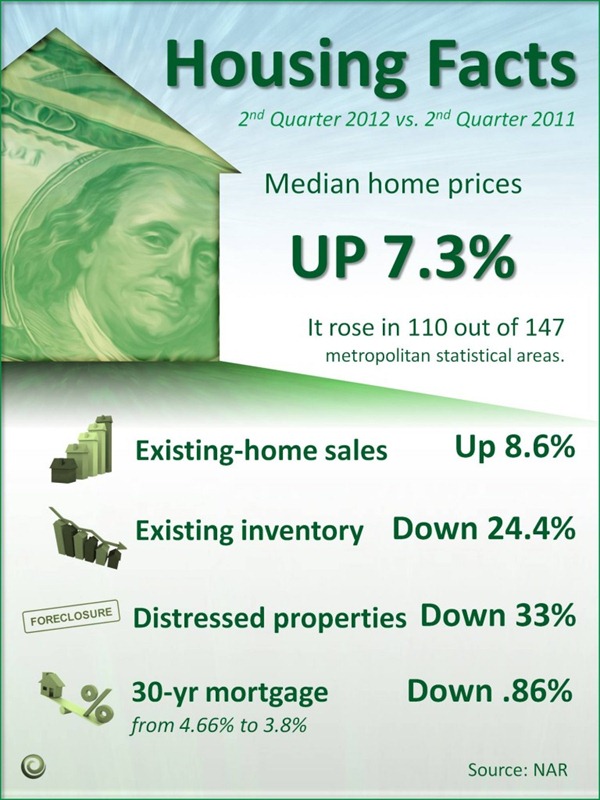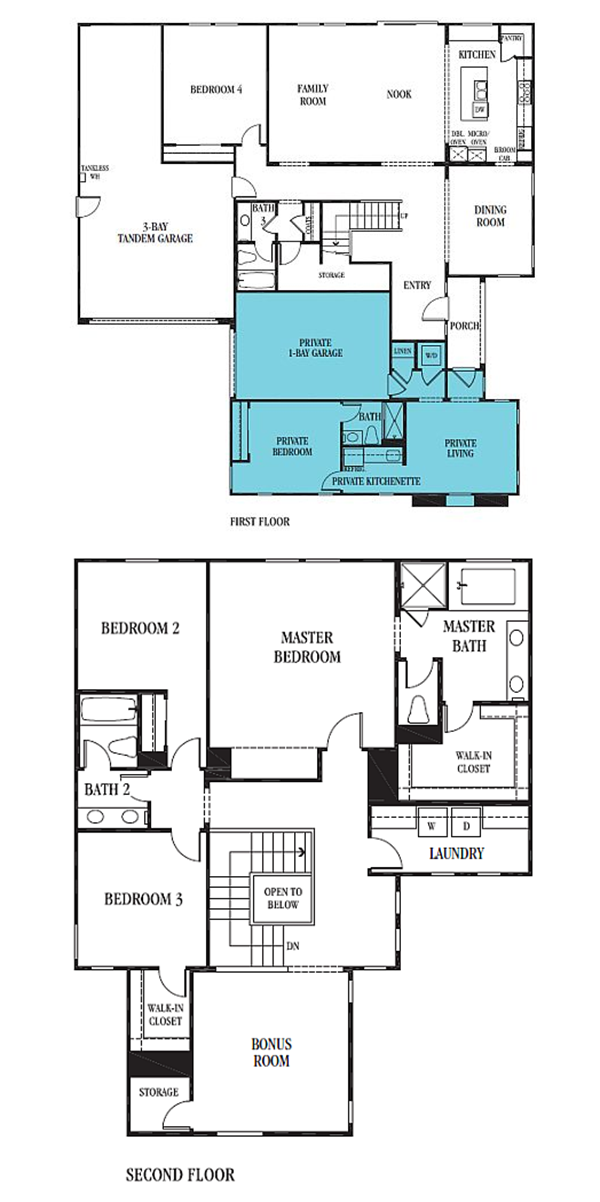 The states with the highest percentages of foreclosures are seeing a drop, but distressed sales still remain high. Georgia and Nevada had the biggest bulk of foreclosure sales in the second quarter, RealtyTrac reports.
The states with the highest percentages of foreclosures are seeing a drop, but distressed sales still remain high. Georgia and Nevada had the biggest bulk of foreclosure sales in the second quarter, RealtyTrac reports.
The greater Seattle area, while having some inventory sold at auction, the percentage of the volume relative to new construction and resale, is relatively small.
The states with the highest percentage of foreclosure sales in the second quarter — in which foreclosure-related sales account for at least one in five sales — were:
- Georgia: 43 percent of all residential sales
- Nevada: 43 percent
- California: 40 percent
- Michigan: 35 percent
- Arizona: 33 percent
- Illinois: 27 percent
- New Hampshire: 24 percent
- Colorado: 22 percent
- Wisconsin: 22 percent
- Minnesota: 22 percent
- Oregon: 21 percent
- Florida: 21 percent
When broken down by city, California metros occupied seven of the top 10 spots for the highest percentage of foreclosure-related sales. Modesto, Calif., had the highest percentage of any metro area in the country, with 57 percent of all residential sales being foreclosures. Other California metro areas with a high percentage of foreclosure sales included: Stockton (54 percent); Riverside-San Bernardino-Ontario (47 percent), Bakersfield (46 percent), Sacramento (45 percent), Fresno (44 percent), and Oxnard-Thousand Oaks-Ventura (39 percent).
Source: RealtyTrac









